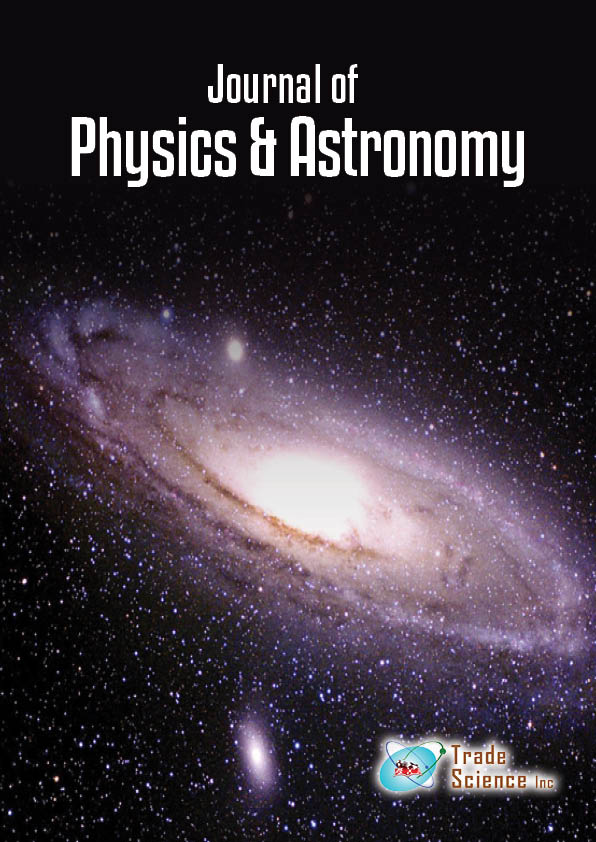Abstrait
The Self-Interaction Field Theory Part I: Scalar Theory and its application in Astrophysics
Qiubao Pan
Through revisiting Einstein’s General Relativity, it is discovered that the mesons mediating the Einstein’s gravitation travels in a unique space time different from photon space time because photon can be trapped in a blackhole, and mesons mediated the gravitations cannot. Two assumptions are proposed to make Newton’s gravity and Einstein’s gravity consistent to each other in the classic physics domain. The assumptions require the gravitational field to be self-interacting so that the mesons mediating the gravitation can also be trapped. A classical Lagrangian of scalar field with self-interaction property is proposed. The non-linear term is from the requirement of field self-energy-momentum as also part of source of the field. If the field is strong enough, the field or the mesons mediating the field itself will be trapped which forms the boundary of field and the object. Due to the field self-interaction, the field will be focused by the asymmetric matter distribution. The characteristics of 3-Dimension, 2-D and 1-D confinement of the field is discussed. The strong Self-interaction constant and gravitational constant are related to each other by ratio of the observable universe radius to the nuclei radius, or the Dirac Large Number 1039. The purpose of this theory is to unify the strong interaction, quantum interaction and gravitation together. Part I of this series of papers is about the assumptions, scalar theory, and its application in Astrophysics. Part II is about applying the theory to quantum mechanics, strong interaction, and the relationship between different physics constants. Part III is the tensor version of the Self-Interaction field theory
